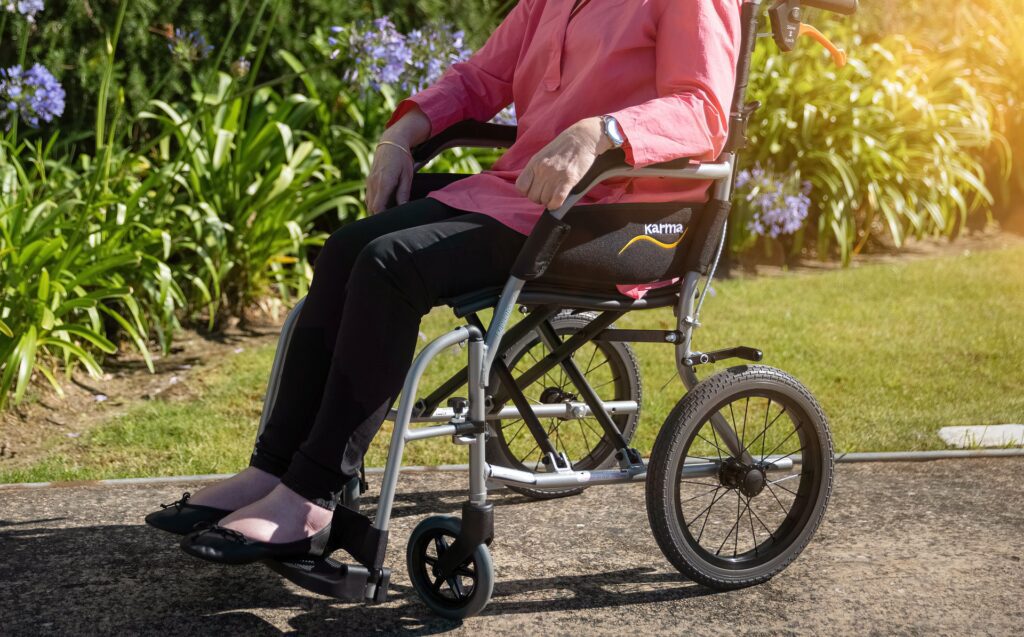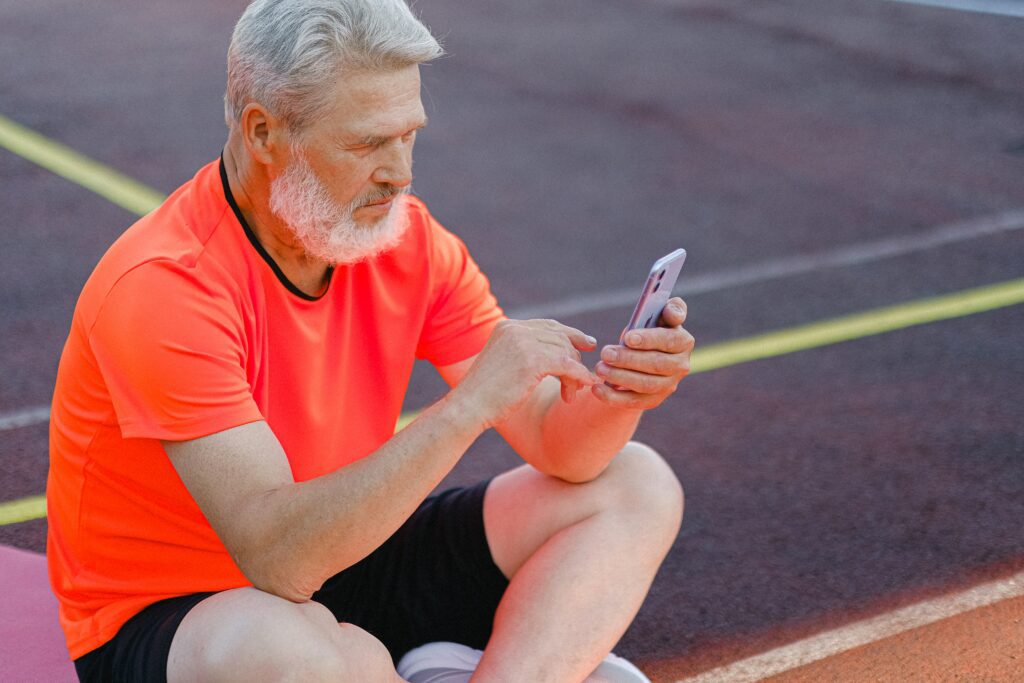Maintaining Mobility As You Age
Balancing your physical and emotional wellness requires remaining engaged. Your muscle, bone, and joint health, which inevitably deteriorates with age, are preserved by enough movement.
Moreover, maintaining your mobility can enable you to carry on enjoying your desired pastimes.
Age-related alterations to joints, muscles, and bones are modifiable. You’ll feel better moving around daily and be able to resume the hobbies and lifestyle you enjoy if you start leading an exercise regime.
Running distances is optional to sustain your mobility. Your mobility, vital to remaining fit and protecting your spinal health, can be improved and maintained through a listed number of basic activities in this article.
Why Is Staying Mobile Necessary for Healthy Aging?
Mobility improves our range of motion during exercises and daily activities, corrects muscular imbalances, improves posture, helps prevent injuries, and helps us move more effectively.
You may stay active at any age by maintaining the health of your muscles, bones, and joints through daily physical activity and a nutritious, balanced diet.
Mobility is a vital aspect of physical health that might impact your social and emotional well-being. Isolation and embarrassment might result from being unable to participate in activities that bring you joy and limited mobility.
Research asserts that older adults with reduced mobility are more likely to lack resilience, social support, and purpose commitment.
How to Retain Mobility as Seniors Age
Enhanced mobility corresponds to greater liberty for the individual, healthier lifestyles, community cohesion, disease control, preventive care, and more opportunities for self-care. Therefore, it’s crucial to break the cycle of inactivity and keep and improve your fitness and mobility through regular movement. Exercise improves cerebral blood flow, which slows the aging process of the mind and maintains you physically and intellectually healthy.
The accompanying advice will help you age well and keep your mobility:
Enhance your coordination and balance
Fall prevention for elderly persons depends heavily on improving balance and coordination. Weakened and restricted hip muscles frequently bring it on.
A few exercises to enhance balance and coordination. Your balance can be improved with lightweight exercise.
Maintain good posture
Aligning yourself properly while sitting and standing increases blood flow, supports your muscles, ligaments, and tendons, and aids in maintaining the health of your blood vessels and nerves. People who develop a habit of utilizing optimal posture are less likely to experience linked back and neck pain.
Adequate Nutrition
Nutrition is just as critical for keeping mobility, even though it may not be as noticeable. A perfectly balanced diet provides our bodies with the energy they need to keep us moving. Your body requires new nutrients as you age to maintain strong and healthy bones and muscles.
Eat an anti-inflammatory diet that contains almonds, berries, spinach, and fatty fish to prevent inflammation and support the integrity of your muscles and joints. Avoid eating items that are fried, overly sweet, or that contain red meat.
Warm-up
To avoid injury, try a dynamic warm-up before exercising. Warm-ups are a quick and easy technique to prepare your body for movement in minutes. Remember that it’s just meant to be a simple methodology to unwind your joints and avoid injuries.
Stretch
Stretching is more necessary as you age for muscle healing and mobility. Stretching increases the range of motion in your joints and aids in maintaining your body’s flexibility. The fascia tissue that connects your tendons, muscles, bones, and blood can be released by stretching frequently.
How can mobility physiotherapy help?
One of the best therapies for ailments affecting mobility is physiotherapy. Umbrella physical therapy can aid in the rehabilitation and holistic healing of various illnesses without relying on drugs or operations. The two main components of physiotherapy treatment are exercises and massages.
One’s mobility can be increased or improved in the following ways with physiotherapy:
- Dynamic strength work
- Resistance exercises
- Retraining your posture
- Prevention of falls and balance
- Endorsement of assistive technology
Conclusion
You can sustain your health and build muscle as long as you’re moving, whether walking, taking the stairs, or doing your regular tasks.
You’ll immediately notice that training improves your mobility and walking safety and that you’ll be able to live life more safely in the future, especially outside your own four walls.
The additional activity will also be good for your immune system and mind and make you feel more balanced and content.






